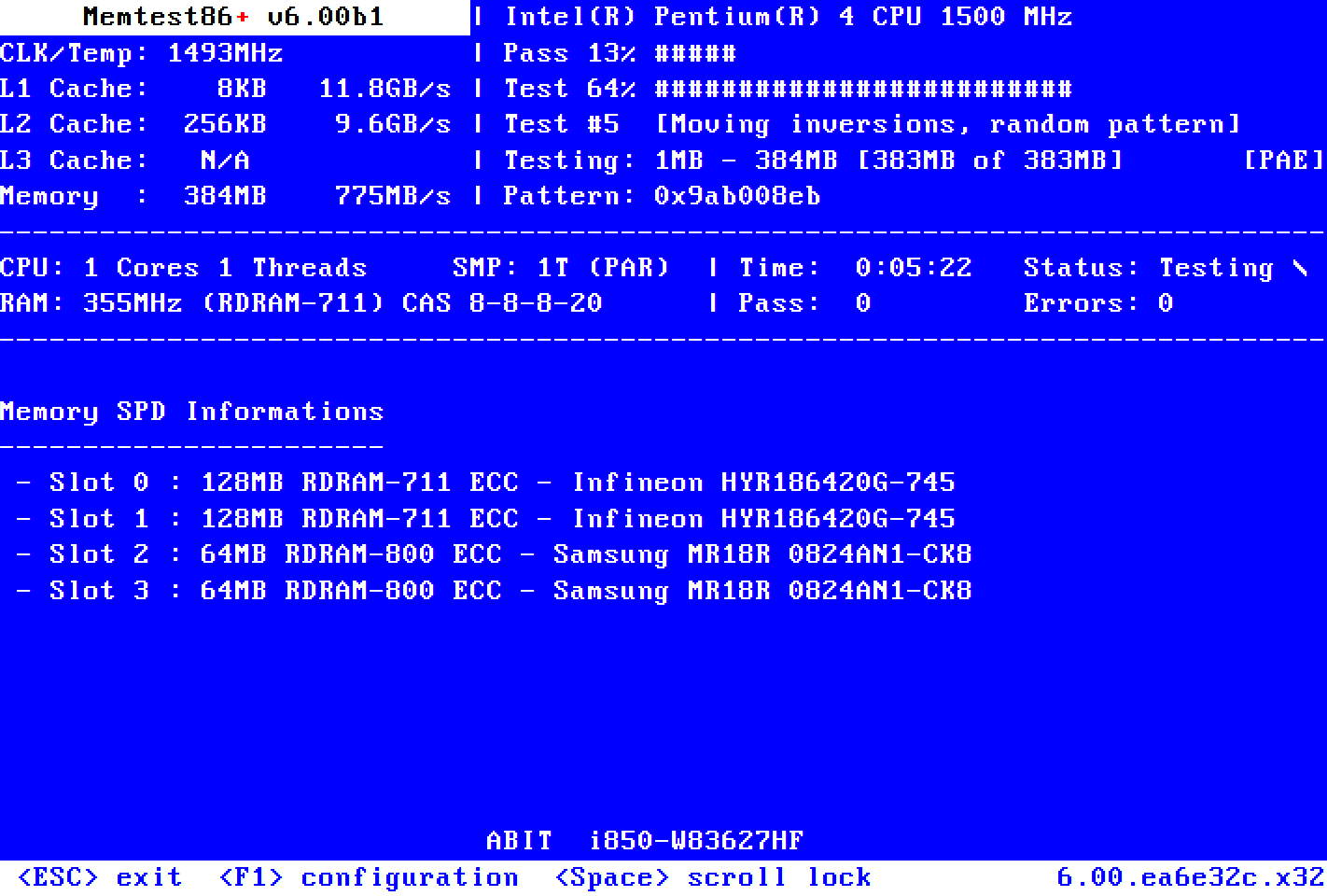Okay so, couple things. I recently bought some 128gb ram and new CPU and put it into my b550 pro4 ASrock motherboard. My bios is not completely up to date, but updated enough to play with the cpu just fine. It's like bios p3.40 or something very close to that. Now here's my issues.
DIMMB1-2 doesn't work ater replacing my old ram and old cpu (WAS A Ryzen 3 cpu). Half my ram is in, but the other half won't work. It's not faulty ram, cause I tested all the sticks in the 2 ram spots that do work, and they all work.
So i went and looked it up and got no solid answer. I got glimpses of changing timings and overclocking and that my ram wasn't good enough, etc. When I use a SET XMP profile, I get sent to windows, which is great, except randomly ill blue screen? And my programs randomly close?
Then because of my drive being not partitioned right (For whatever reason, set to MBR and i need GPT) i can't turn on secure boot, because it asked for something else to be turned off, but because WIN 11 REQUIRES secure boot, I can't upgrade all because of my 1tb drive, that I know have to format into a GPT drive. I'm just so lost and mentally drained from this and it's getting to me. If you have tips/ help please lemme know, cause I really REALLY don't wanna have to replace my whole pc. Also trying to go to win 11.
Apparently, non-overclocked ram that my motherboard supports is 3200mhz and I have 3600mhz.
Here are some specs to help anyone out:
ASRock b550 pro4
Amd ryzen 7 5700x
4 sticks DDR4-3600 trident z royal crystal
RTX 3070TI FTW
1TB solid state
2x 8tb hard drives
Please lemme know if you need anything else!
DIMMB1-2 doesn't work ater replacing my old ram and old cpu (WAS A Ryzen 3 cpu). Half my ram is in, but the other half won't work. It's not faulty ram, cause I tested all the sticks in the 2 ram spots that do work, and they all work.
So i went and looked it up and got no solid answer. I got glimpses of changing timings and overclocking and that my ram wasn't good enough, etc. When I use a SET XMP profile, I get sent to windows, which is great, except randomly ill blue screen? And my programs randomly close?
Then because of my drive being not partitioned right (For whatever reason, set to MBR and i need GPT) i can't turn on secure boot, because it asked for something else to be turned off, but because WIN 11 REQUIRES secure boot, I can't upgrade all because of my 1tb drive, that I know have to format into a GPT drive. I'm just so lost and mentally drained from this and it's getting to me. If you have tips/ help please lemme know, cause I really REALLY don't wanna have to replace my whole pc. Also trying to go to win 11.
Apparently, non-overclocked ram that my motherboard supports is 3200mhz and I have 3600mhz.
Here are some specs to help anyone out:
ASRock b550 pro4
Amd ryzen 7 5700x
4 sticks DDR4-3600 trident z royal crystal
RTX 3070TI FTW
1TB solid state
2x 8tb hard drives
Please lemme know if you need anything else!


